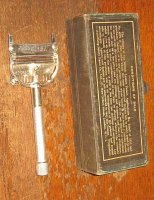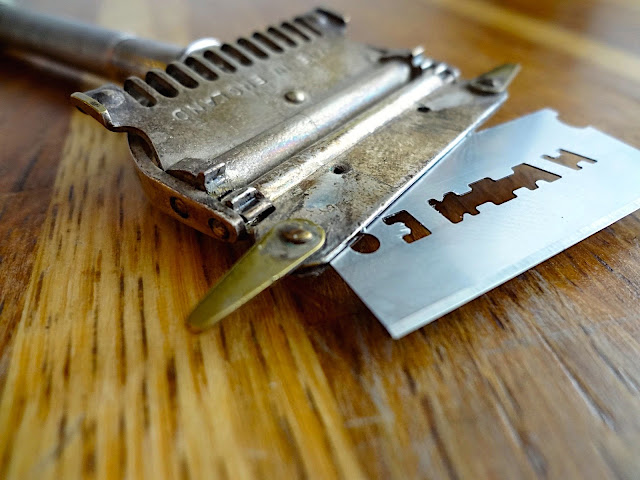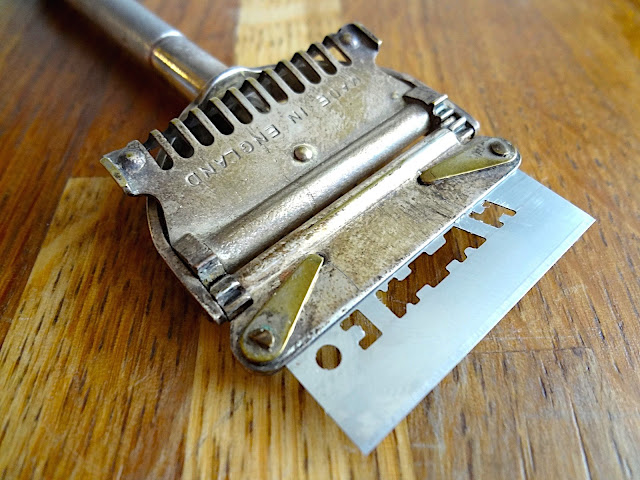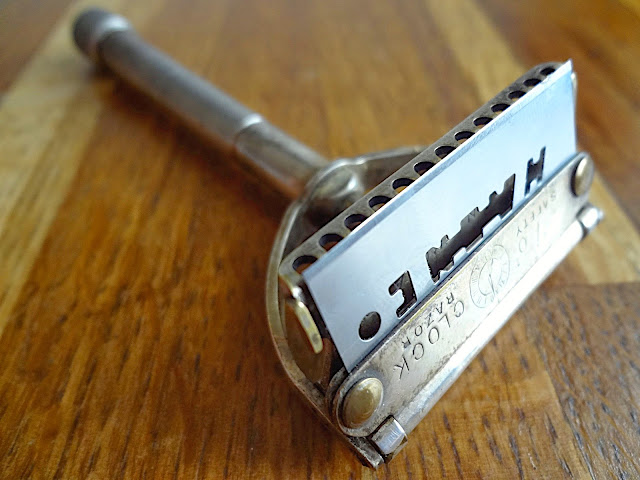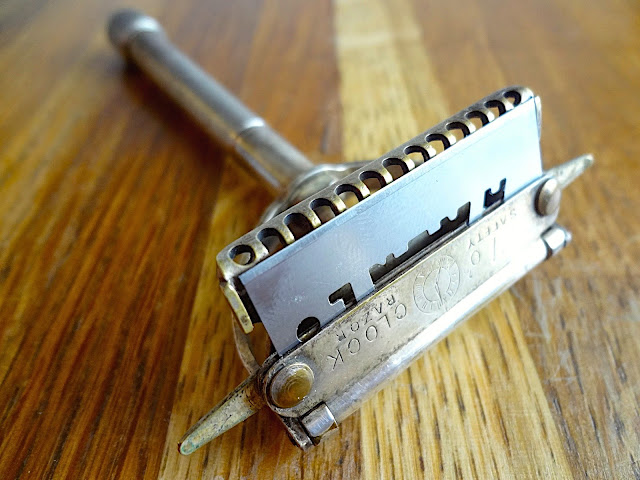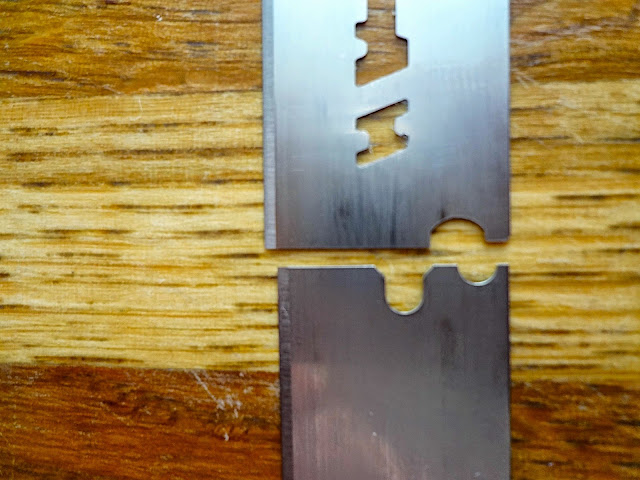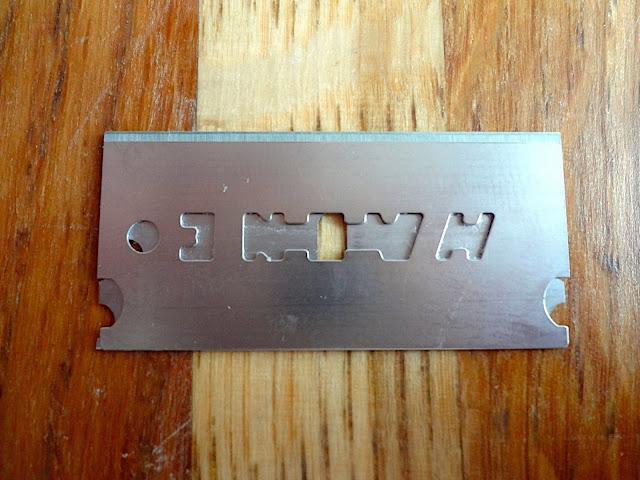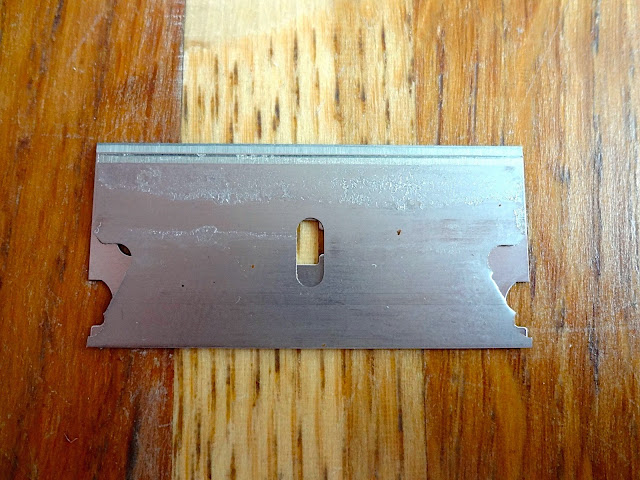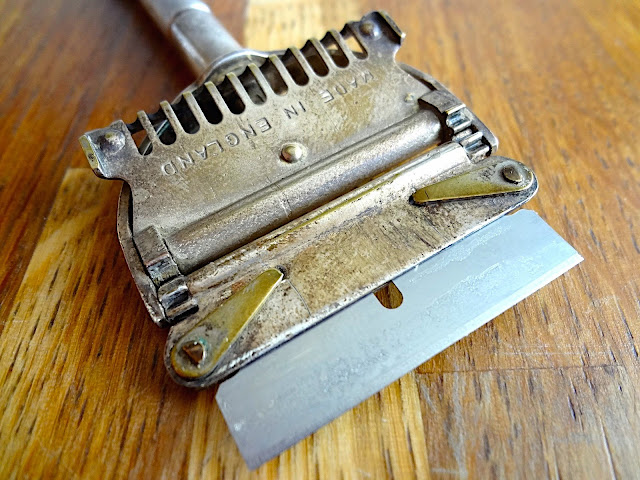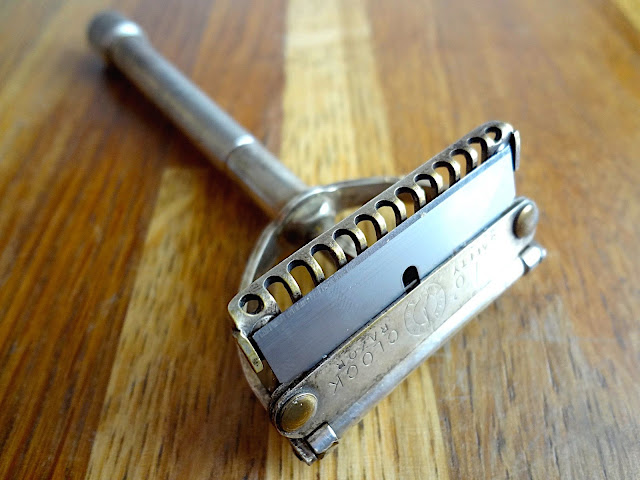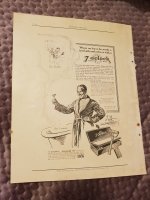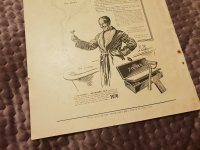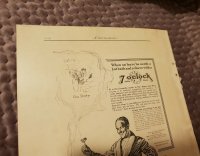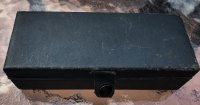
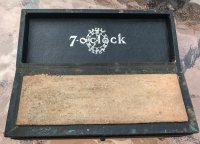
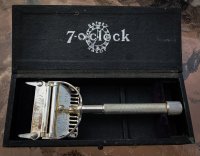
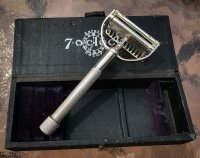

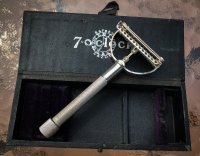
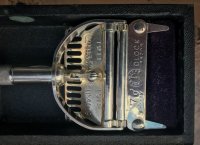
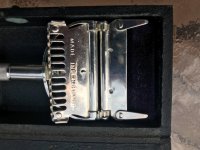
I found this beautiful, cased, silver-plated "7-O'Clock" Safety Razor this morning at a local flea market. It's made in England and has patent numbers dated 1911-1912. It appears to take a proprietary single-edge blade (unfortunately not included). There is a leather strop built into the case under the top lid. Other than some wear and tear on the case, the razor itself appears to be mint, with only some light tarnish.
On-line data for this particular razor appears to be pretty scarce, so I'm asking for any help in providing information about the company and this particular model. I saw an unconfirmed statement that these were manufactured by Auto-Strop. If anyone knows what modern blades can be used (or modified for use), I'd appreciate it. It's a beautiful razor and will make a nice addition to my collection.
